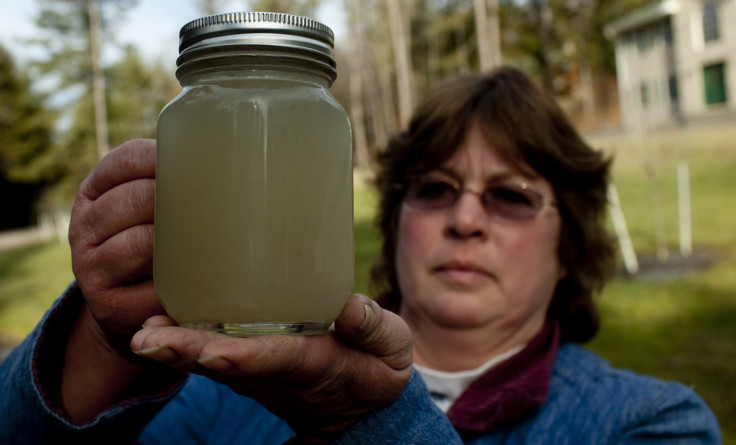Discerning Membrane: Ultra-Thin Membrane Could Greatly Advance Gas And Water Purification

An extremely thin, highly selective membrane developed by engineers at the University of South Carolina could shake up the energy industry. Less than 2 nanometers thick, the graphene oxide membrane is one of the world’s thinnest, according to a university press release.
The membrane is fabricated on the surface of a porous aluminum oxide support, with the size of molecules determining whether they will be able to pass through it. Acting much like a strainer, the membrane allows the relatively small molecules of helium and hydrogen to move through it fairly easily, while it permits the relatively large molecules of nitrogen and oxygen to move through it at a slower rate.
“The hydrogen kinetic diameter is 0.289 nm, and carbon dioxide is 0.33 nm. The difference in size is very small, only 0.04 nm, but the difference in permeation is quite large,” said lead researcher Miao Yu, an assistant professor at USC’s College of Engineering and Computing. “The membrane behaves like a sieve. Bigger molecules cannot go through, but smaller molecules can.”
Previous attempts to build exceptionally strong membranes on a molecular scale proved to be quite the challenge for scientists, Yu said. This led to the fabrication of microporous membranes that were at least as thick as 20 nanometers -- and usually thicker.
The new, ultrathin membrane could bring change to various industries, which could benefit from the more efficient molecule separation it could provide. “With widespread concerns about carbon dioxide as a greenhouse gas, the efficient separation of carbon dioxide from other gases is a high research priority,” the university said.
The university noted, “[H]ydrogen represents an integral commodity in energy systems involving, for example, fuel cells, so purifying it from gas mixtures is also an active area of interest.” And Yu pointed out the dimensions of the molecular sieve are on the order of the size of water, so purifying the copious amounts of tainted water produced by hydraulic fracturing, or fracking, in the oil-and-gas industry is another possibility.
“Having membranes so thin is a big advantage in separation technology,” the chemical engineer said. “It represents a completely new type of membrane in the separation sciences.”
© Copyright IBTimes 2024. All rights reserved.





















